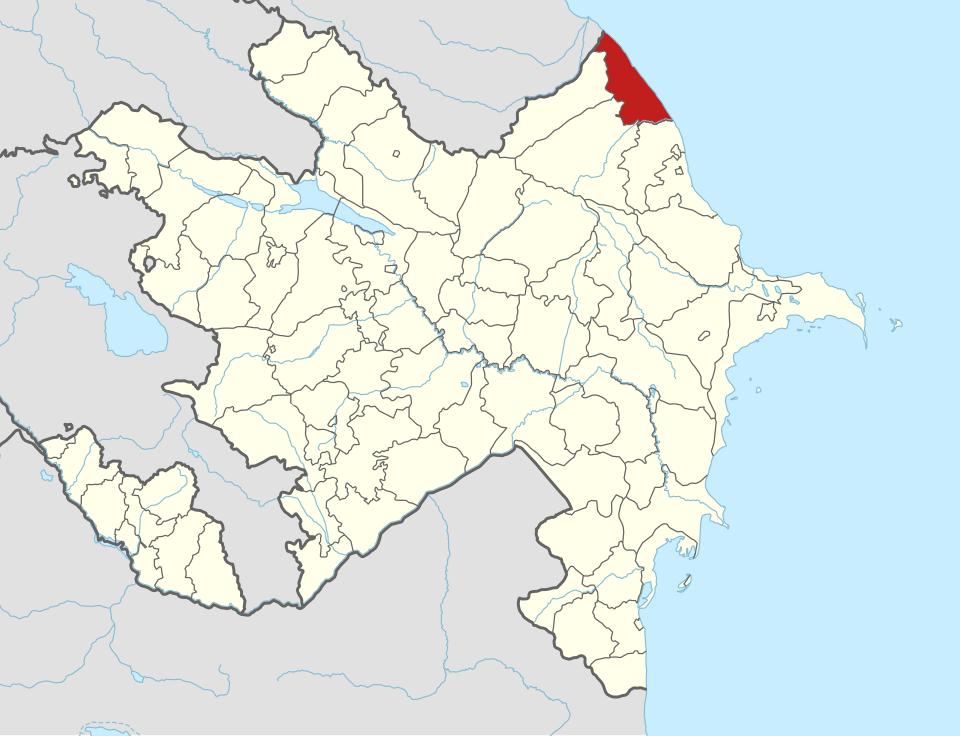Azerbaijan Alliance Integration Accelerated by Mapping Overhaul, Redefining Regional Security

The Next Move: Azerbaijan’s Calculated Turn Toward Alliance Integration
Regional Security Redefined: Shifting Standards and New Coordinates
Recent official changes in mapping standards by Azerbaijan mark more than a move to updated geographic reference systems—they reflect pivotal momentum in national defense and international alignments. By adopting global geospatial protocols recognized by most advanced militaries, Azerbaijan is establishing critical technical compatibility with prominent regional coalitions. This transformation is deeply entwined with broader shifts in diplomatic priorities and defense planning. As familiar boundaries fade, the country’s actions have caught international attention, with observers closely monitoring both the logistical upgrades and the new strategic calculus behind them.
The context surrounding these technical reforms reveals a landscape where security doctrines and cartographic norms are tightly integrated. Defense strategies are no longer compartmentalized but are being upgraded to converge with the standards set by leading multilateral organizations. This evolution involves subtle but consequential decisions: from adopting new measurement frameworks, which allow for joint operations with foreign partners, to facilitating shared situational awareness across different command structures. Each procedural update is carefully calibrated to reinforce interoperability, underscoring a commitment that extends well beyond mere infrastructure upgrades.
Against this backdrop, the atmosphere within policymaking and media circles is shifting. State-aligned channels now highlight the broader implications of these developments, presenting them as necessary responses to evolving geopolitical pressures. The calibration of defense postures, and the adoption of global mapping conventions, are explicitly framed as steps toward strengthening sovereignty and ensuring national resilience amid perceived regional uncertainties. These quiet yet profound adjustments have set the stage for subsequent developments.
Constructing the Future: Base Development on a Sensitive Frontier
Discussions have gained momentum around the possible establishment of a major international defense facility in a region of critical strategic importance. This prospective installation, promoted in official outlets, is positioned as a stabilizing factor in delicate cross-border dynamics. Its proposed location is no accident: opening a direct corridor for security cooperation and signaling a readiness to recalibrate national defense infrastructure to accommodate new alliances. Specifically, the focus has centered on a border district long regarded as a buffer zone in the balance of power among neighboring countries.
Official voices have characterized the initiative as a logical progression in the country’s evolving security doctrine. By articulating openly the intention to review existing defense postures, local discourse is emphasizing the necessity of readiness in a rapidly changing environment. These messages, circulating through domestic news networks, clearly outline the belief that expanded defense partnerships can act as a deterrent—both adding credibility to official narratives and enhancing national leverage amid external uncertainties. This communications approach is carefully cultivated, minimizing ambiguity while underscoring a collective commitment to national interests.
The proposed developments are rooted in longstanding bilateral commitments formalized through high-level agreements. These partnerships, which have already shaped the trajectory of previous military integration efforts, provide a legally binding framework for mutual assistance and shared defense infrastructure. The strength of these pacts enables rapid translation of policy consensus into concrete projects, illustrated by the accelerated pace of technical and military upgrades witnessed over the past year. Plans for a large-scale installation closely follow historical precedents, leveraging established diplomatic obligations to justify and streamline the process.
Strategic Sequencing: From Closed Chapters to Emerging Architectures
The foundation for current shifts has been laid by a sequence of decisive events. First, longstanding territorial disputes have seen formal closure, freeing up attention and resources for the reconfiguration of defense strategies. Second, national military structures have undergone systematic integration with those of a key regional ally, effectively aligning operational doctrines. Third, comprehensive reforms in technical standards have harmonized cartographic and logistical elements with those used by major multinational security organizations. Together, these measures represent a coherent approach to enhancing compatibility and responsiveness on both national and international levels.
Today’s conversation extends beyond technical upgrades or symbolic gestures. It now encompasses the establishment of new operational frameworks intended to facilitate deeper forms of collaboration. This approach is underpinned by the principle that institutional reforms and infrastructure investments should anticipate the evolving requirements of transnational defense partnerships. The steps taken so far illustrate a methodical progression: from negotiations grounded in diplomatic agreements to tangible modernization efforts and finally to the consideration of co-located defense assets.
With the broader context shifting rapidly, it is apparent that the underlying strategy involves the deliberate adoption of best practices in defense management and alliance-building. Attention is focused on ensuring that national resources are positioned to respond agilely to changing regional dynamics, while protecting established interests. The technical updates—seemingly procedural—are, in reality, markers of far-reaching transformation, establishing a foundation for enhanced cooperation and reinforcing the country’s role in the new architecture of regional security.
